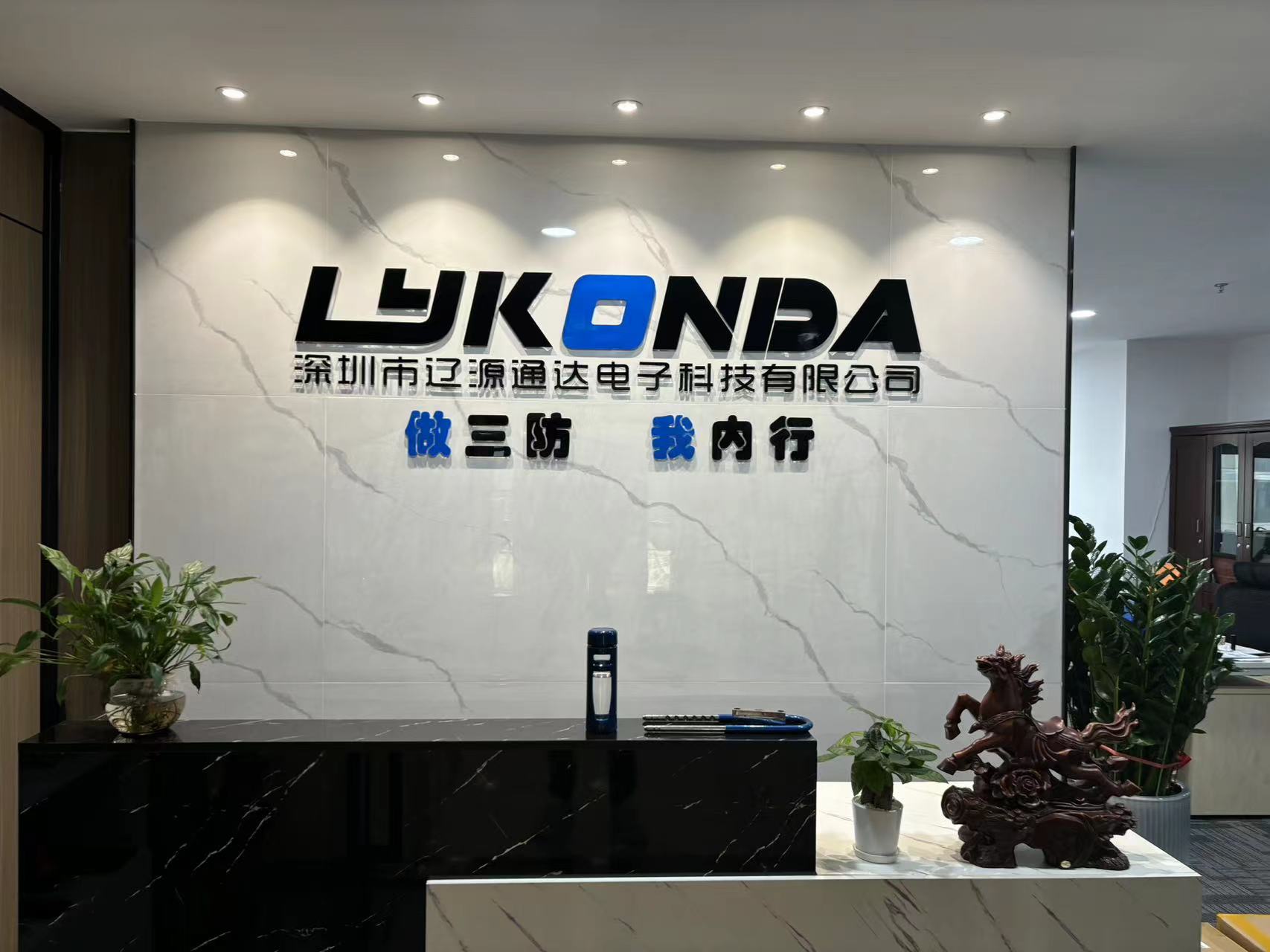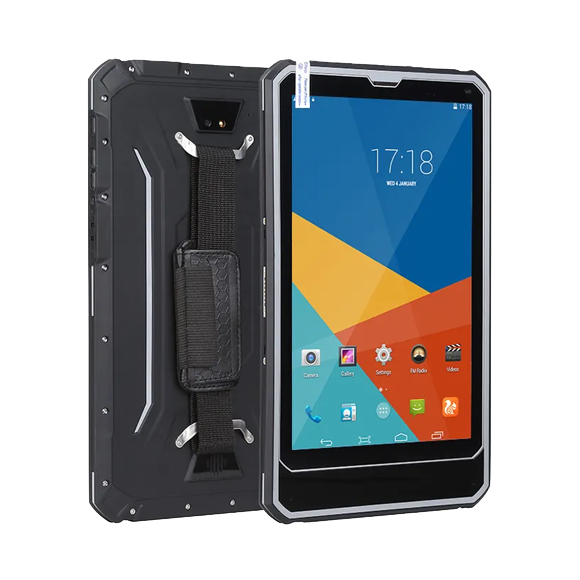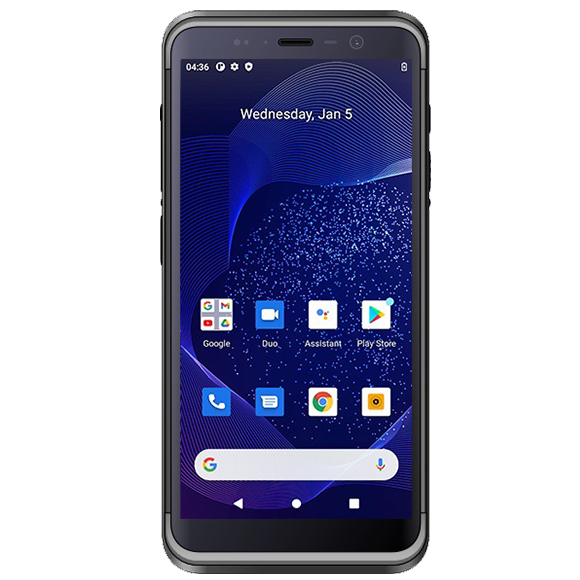- 2023-02-06
- Tags:
MIL - STD - 810 is the United States department of defense military standard, specification for test equipment environmental conditions. It was founded in 1967, and new revised on a regular basis. This military standard is for the use of the department of defense application and development, and USES the commercial standard. Strong industrial and military type tablet makers (such as Estone Technology) to these standards as a benchmark, to show the product durability.

The most commonly cited standard is released in 2008 MIL - STD - 810 - g. By 2019, is the latest standard MIL - STD - 810 - h. These revisions include updates and additional testing facilities and environmental testing standards.
A total of 29 kinds of methods, each method is described to test in the laboratory environment of environmental elements. This document also describes how to test and the parameters of the test.
Military tablet military standard military standard mil - STD - 810 - g certification drop testing equipment, used for shock and vibration test standard
Military-grade tablet computer test
MIL - STD - 810 contains 29 kinds of test method is:
Methods 500 - low pressure (altitude)
Methods 501 - high temperature
Methods 502 - low temperature
Methods 503 - temperature shock
Methods 504 - fluid pollution
Methods 505 - solar radiation (sun)
Methods 506 - the rain
Methods 507 - humidity
Methods 508 - fungi
Methods 509 - salt fog
Methods 510 - dust
Methods 511 - explosive environment
Methods 512 - immersion
Methods 513 - acceleration
Methods 514 - vibration
Methods 515 - noise
Methods 516 - shock
Methods 517 - firebats
Methods 518 - acid atmosphere
Methods 519 - gunfire
Methods 520 - temperature, humidity, vibration, and altitude
Methods 521 - / sleet freezes
Methods 522 - ballistic impact
Methods 523 - acoustic vibration/temperature
Methods 524 - freeze/thaw
Methods 525 - time waveform replication
Methods 526 - track
Methods 527 - vibrator
Methods 528 - the ship equipment mechanical vibration (type I - environment and type II - internal incentives)
-

- 1 Industrial tablet has many consumer tablets do not have advantage
- 2 Recommended Brands of High-Quality Rugged Tablets and Industrial Tablets in 2024
- 3 What is the American military standard MIL - STD - 810 - g certification drop testing?
- 4 Rugged tablets, also known as industrial tablets, are designed for use in hazardous environments suc

右侧视频





















